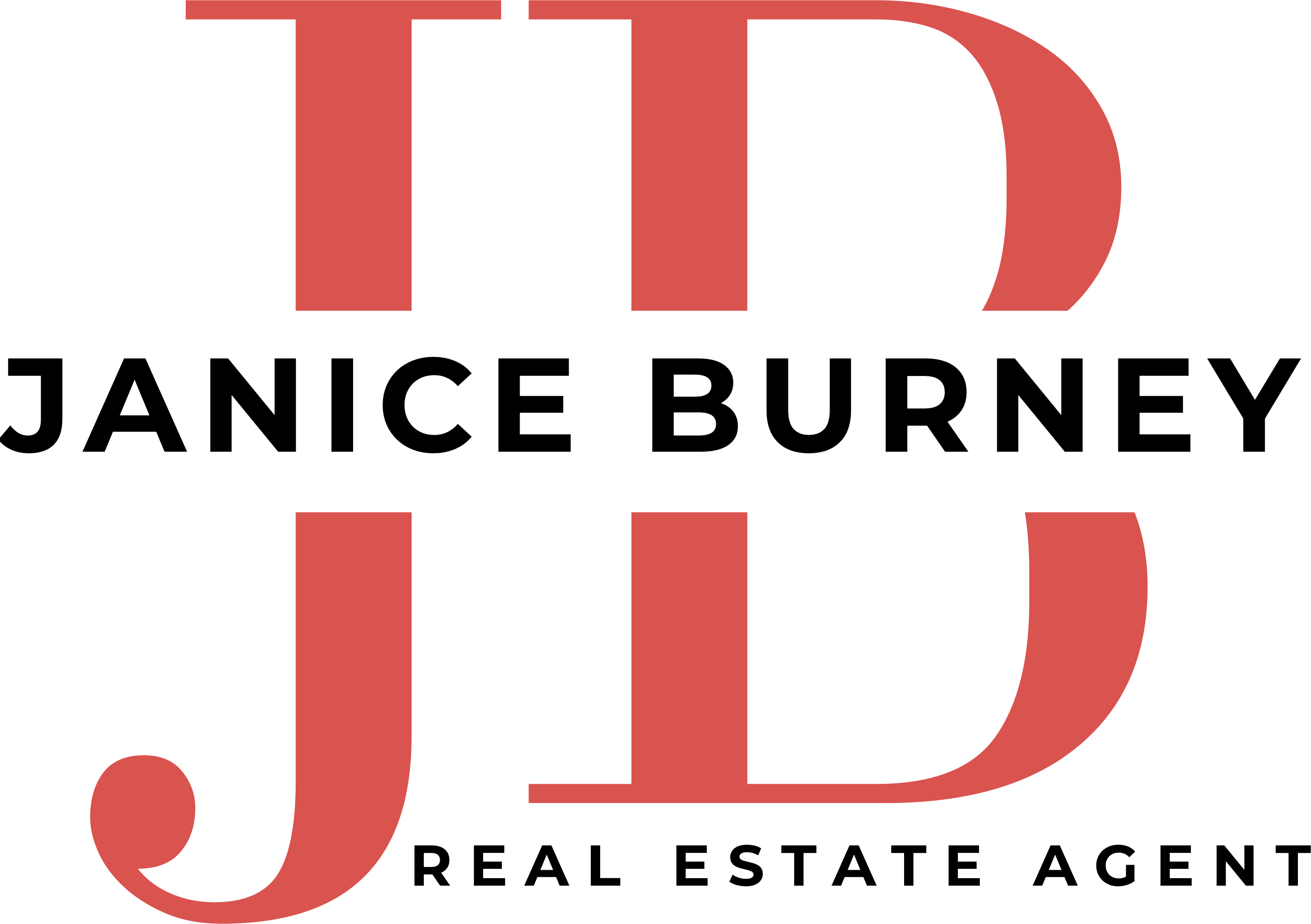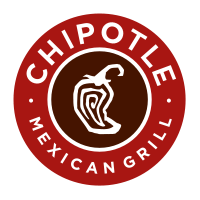An action-oriented marketing strategy positions your product or service to answer your high-value prospect’s questions and drive more engagement and leads for your brand.
Generating leads is the lifeblood of business.
You can have a great business plan, but if you cannot demonstrate value to the marketplace, your ideas sit in a folder gathering dust.
You don’t want that.
Many start-ups start selling without a marketing plan or think marketing can generate leads on a limited budget. When they try to sell the product, there’s minimal brand recognition and market adoption stalls.
Let’s not do that either.
Great products or services mean something
What defines a great product or service?
If someone buys or tells their friends about your product, that’s a pretty good sign.
But it’s not everything.
Always keep in mind the full lifecycle of a product. Lifecycle involves product development all the way through to expansion within the account or the marketplace. Growth is not the only measure of success, but it sure is a crucial indicator.

Ultimately, a great product or service is a retention tool.
Acquisition and retention are keystones
An acquisition plan is necessary before customer retention can even get a foothold. Many new entrepreneurs may think acquisition is sales.
But it is not.
Marketing is acquisition.
Using a bit of old school terminology, think of it this way:
Phase 1 – Acquisition
An acquisition go-to-market plan is not simply about acquiring new business. It involves an entire business ecosystem.
Engineering develops the product or service. The product management teams package the product or service for the shelf, produce sales enablement content, and works with customer success and product marketing to understand the marketplace. Corporate marketing creates content and distributes it throughout an online network in a coordinated effort to demonstrates value. Marketing builds the momentum to move the product off the shelf and into the marketplace. The sales team builds relationships. Customer service (or success) keeps the customer happy.

Phase 2 – Retention
Engineering releases new features>product management bridges the marketplace needs>marketing provides content sustenance > sales expands the relationship> customer success keeps customers happy.
This is a rather simplistic model but helps place a framework around a go-to-market ecosystem.
Most entrepreneurs want sales. But this is a mistake.
Gasp!
Yes, it’s a mistake. If the product or service is great, then making sales is an easy step. But if the marketplace does not see the value, getting deals becomes a hefty lift.
A successful product launch starts with marketing — the spine of any origination plan.
Large company vs. small company marketing
Large companies have different marketing challenges than smaller businesses.
They have brand recognition and larger marketing budgets. Launching a product is easier, the market expansion is more straightforward, and retention is more manageable.
Also, large companies have a different set of hurdles, such as:
- Demands from the board of directors
- Appeasing shareholders
- Managing leadership hierarchies
- Conflicting department goals
- Managing marketplace narratives
- Making a profit
Smaller companies have similar priorities, but the organization is less developed, so issues a large corporation faces are less magnified.
Smaller companies care about two things:
- Appeasing the board, especially if VC funded
- Making a profit
Focusing on the common ground of profitability and appeasing the board or leadership can be daunting, especially when competing agendas or mismanagement of resources.
Let’s get everyone on the same page. There are three biggest secrets to a successful marketing plan.
Entrepreneurs that limit marketing dollars will stumble in the marketplace. Sales will not grow if marketing takes a backseat.
While the board demands profitability via sales, this is where the communication and thus alignment fails.
Focus on making a great product and building a world-class marketing organization.
How do you do that if your brand recognition is limited?
The smaller brand dilemma – fighting for leads
Large companies can rely on their branding. They have enormous budgets to hire agencies and run ads that maintain brand recognition.
If profitability and pleasing the board are the end goal for success, then having a massive advertising budget, a large staff, and untrammeled resources certainly help archive both goals.
The goal of profitability does not change. It has equal importance to both the smaller brand and the larger brand.
But how can smaller brands possibly match the resources at a big brand’s disposal to achieve success?
What has to change for a smaller brand?
It comes down to one thing.
Execution.
If a smaller brand tries to run an ad on a digital channel like LinkedIn or purchase Google ads, this is nowhere near a strategy to reach their market’s consciousness.
The budget is not sufficient to capture a market’s attention while competing in a sea of noise.
But a budget is not everything.
Sure there are hurdles. Chances are a new brand is paving the road while building the car and driving down the road all at the same time.
Who has time to even test the marketplace for product acceptance?
The board is demanding results.
Action-oriented marketing drives responses
Turn your marketing efforts into action-oriented inbound campaigns.
What does that mean?
Start with one piece of content that’s easy and inexpensive to make.
By now, you know what problems your product solves. You recognized a market opportunity and set out to develop a product or service with that solution in mind.
Now, put yourself in your high-value prospect’s shoes. They will typically go online and search the internet to find answers to their question.
Perhaps they heard a buzzword like AI, IoT, CMS, digital transformation, or marketing automation and want to learn more about it. In other instances, they want to do something like go on a trip or find a bike trail. They may want to take a course or learn a foreign language.
The list is endless. Ultimately, people start with a Google search to get answers to their questions.
You want to be there.
Next, turn that one piece of content into digital collateral. Make it an action-oriented ad rather than relying on brand recognition like a more recognizable brand can do.
For example, write one blog that provides answers to your high-value prospect’s questions. They may have a pain-point that your product can solve. They may need to learn more. Your blog answers their questions.
The blog can then turn into a lead generation card for Facebook, Twitter, LinkedIn, and Instagram. The card has concise and creative ad copy designed to hit that hot-button just right.
The card acts as a beacon that either gathers leads right away like in a LinkedIn sponsored ad or sends prospects to the blog and funnels them to a lead generation form.
You need leads to help drive sales opportunities that build high-value relationships.
Action-oriented leads require an immediate response. For example, an action-oriented lead includes a lead generation form, picking up the phone (yes, bring back the phone call!), or watching a video that ends with a web page visit to learn more by filling out a contact form.
Place ads on different platforms. They are trackable and measurable. More importantly, you can narrow in on a target market or sector and not have to spray and pray for leads.
Data feedback allows you to adjust and conserve those marketing dollars quickly. If LinkedIn ads serve you well, but Instagram is not, then data can inform your decision to shift resources to LinkedIn.
Action-oriented marketing tips:
- Use compelling headlines. You don’t have to be a great writer. Be honest, human, and sincere. Don’t try to sell anything. Provide an answer to questions
- Target a specific audience by zeroing into a particular audience or sector with a concise offer. You’ll get fewer leads this way, but the quality will be better.
- Make a specific value-packed offer that addresses the pain-point or provides an answer to a question.
- It requires a response.
- Has a lead generation form. Valuable content is provided in exchange for capturing the prospect’s information.
- It moves contacts into nurture campaigns or sales follow-up.
Action-oriented marketing creates content that helps solve prospect’s interests, desires, fears, and frustrations and results in a lead generation event.
Now it’s time for sales and customer success to move into action!











